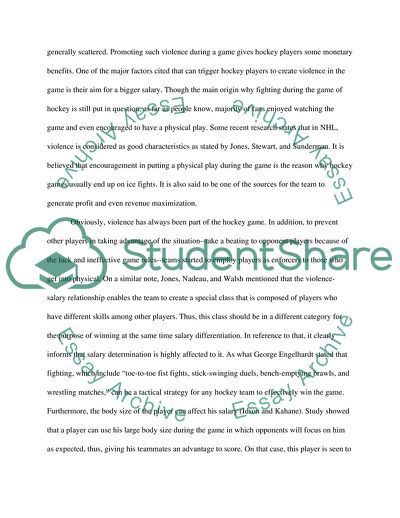Cite this document
(Does violence in the NHL impact players salaries Term Paper, n.d.)
Does violence in the NHL impact players salaries Term Paper. https://studentshare.org/macro-microeconomics/1794705-does-violence-in-the-nhl-impact-players-salaries
Does violence in the NHL impact players salaries Term Paper. https://studentshare.org/macro-microeconomics/1794705-does-violence-in-the-nhl-impact-players-salaries
(Does Violence in the NHL Impact Players Salaries Term Paper)
Does Violence in the NHL Impact Players Salaries Term Paper. https://studentshare.org/macro-microeconomics/1794705-does-violence-in-the-nhl-impact-players-salaries.
Does Violence in the NHL Impact Players Salaries Term Paper. https://studentshare.org/macro-microeconomics/1794705-does-violence-in-the-nhl-impact-players-salaries.
“Does Violence in the NHL Impact Players Salaries Term Paper”. https://studentshare.org/macro-microeconomics/1794705-does-violence-in-the-nhl-impact-players-salaries.


